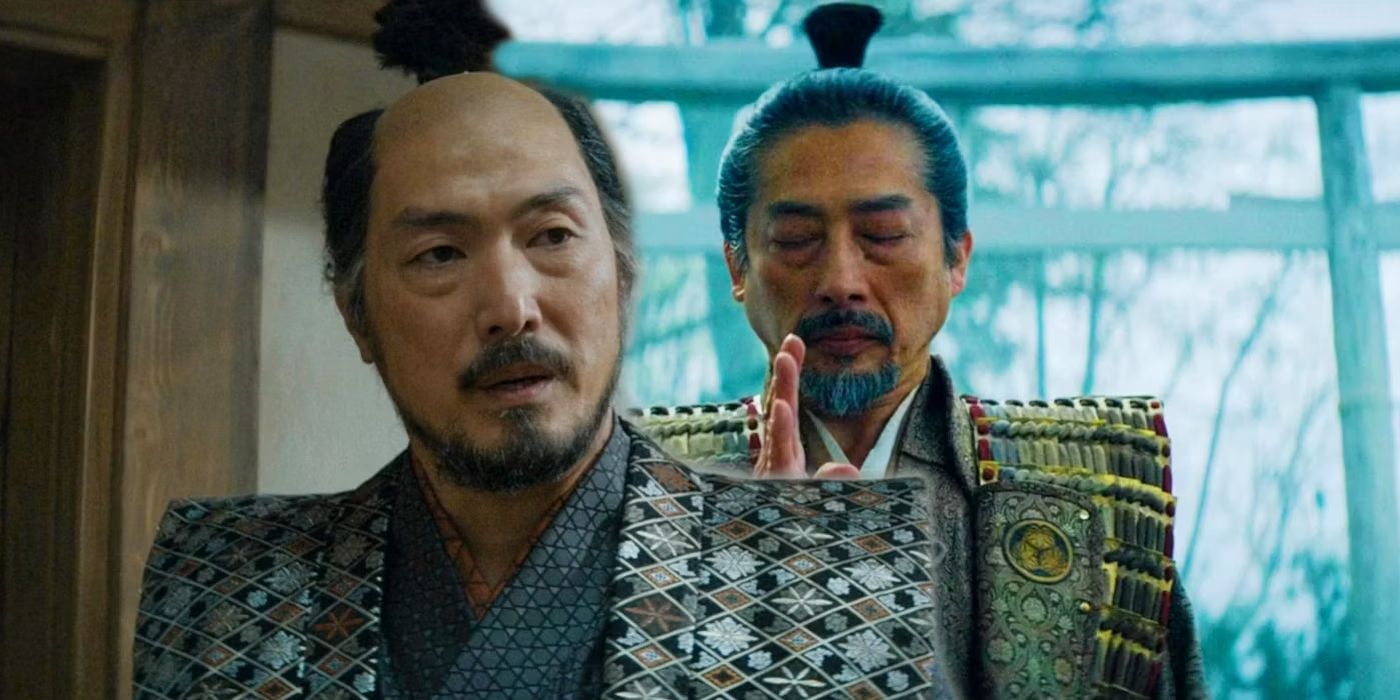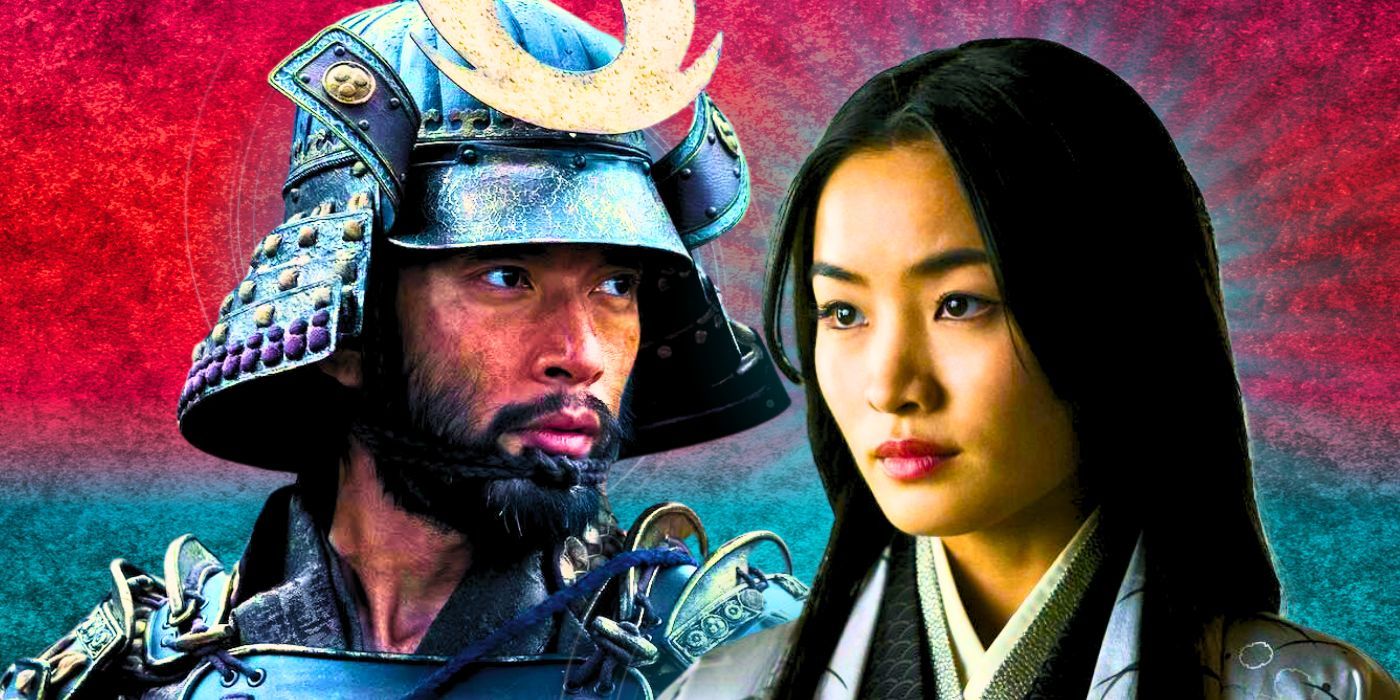Shōgun VFX Supervisor Michael Cliett reveals one historical inaccuracy that the miniseries wasn’t allowed to get right during production.

Shōgun VFX Supervisor Michael Cliett revealed the one historical inaccuracy the series wasn’t allowed to get right. Taking place in 1600, the miniseries ensures a high level of historical accuracy for the time it takes place in. This includes customs that were prominent in feudal Japan at the time, as well as the way characters speak to match the period.
Speaking with Screen Rant ahead of Shōgun episode 9, Cliett revealed that, despite being historically inaccurate, filming required all the actors to wear shoes – something that wasn’t customary in Japan at that time period. The VFX Supervisor emphasized the amount of research that went into making the series as accurate as possible but admitted that was one of the elements they couldn’t translate properly into production. Check out what Cliett had to say below:
We did nine months of prep before we went to camera—before we shot our first shot. Over that time, in addition to scouting, we did tireless amounts of research. We brought on historians, advisors, and many experts in their various areas. Everything from how somebody walks to how they place their sword—every kind of gesture had meaning behind it. And that carried into the visual effects as we did a lot of digital crowds and digital doubles and armies. We had to really study how the armies would walk, and what the makeup would be of the given armies.
We had a 900-page research bible that had every little detail that we could have imagined. We wanted the historians in Japan, the people who are experts on this, to look at this and say, “They got it right.” Other shows have tried and oftentimes don’t get it right.
Certain things we couldn’t do. Technically, nobody wore shoes in 1600 Japan, but we couldn’t have our actors and extras walking around barefoot. We had to place shoes on everyone, but usually there wouldn’t be much in the way of shoes back then.
How Shogun Makes Up For Its Small Historical Inaccuracy
Shogun Has Delicately Shown The Details Of 1600s Japan For The Most Part.

While elements like the lack of shoes weren’t able to be properly translated to the screen, Shōgun has still proven itself an engaging and critically acclaimed look at 1600s Japan, using a complex web of characters to tell its story.
Despite the presence of shoes for the series’ actors, Cliett’s statement indicates just how in-depth the research was to ensure Shōgun was as historically accurate as possible. While the series is based on author James Clavell’s 1975 novel of the same name, the extra research reveals how important establishing its accuracy was. Even though the series could have been pulled directly from the book’s pages without extra knowledge, additional research helps make the series feel genuine.
The show’s historical accuracy can be seen in how its events play out, rooted in the Japanese culture at the time. This includes the shocking ending of Shōgun episode 8, which saw Toda Hiromatsu (Tokuma Nishioka) commit seppuku in retaliation to Toranaga (Hiroyuki Sanada) seemingly giving up and surrendering to Osaka. While the show deals with the harsh realities of death and war during this time, its accuracy of how such events would have really happened offers a respectable nature to its portrayal.
While elements like the lack of shoes weren’t able to be properly translated to the screen, Shōgun has still proven itself an engaging and critically acclaimed look at 1600s Japan, using a complex web of characters to tell its story. With two episodes left, it seems as if this accurate storytelling is going to continue as the series begins hurtling toward its conclusion. The final episodes will likely still maintain historical accuracy in most places, even if there are small details the show isn’t able to portray properly.





